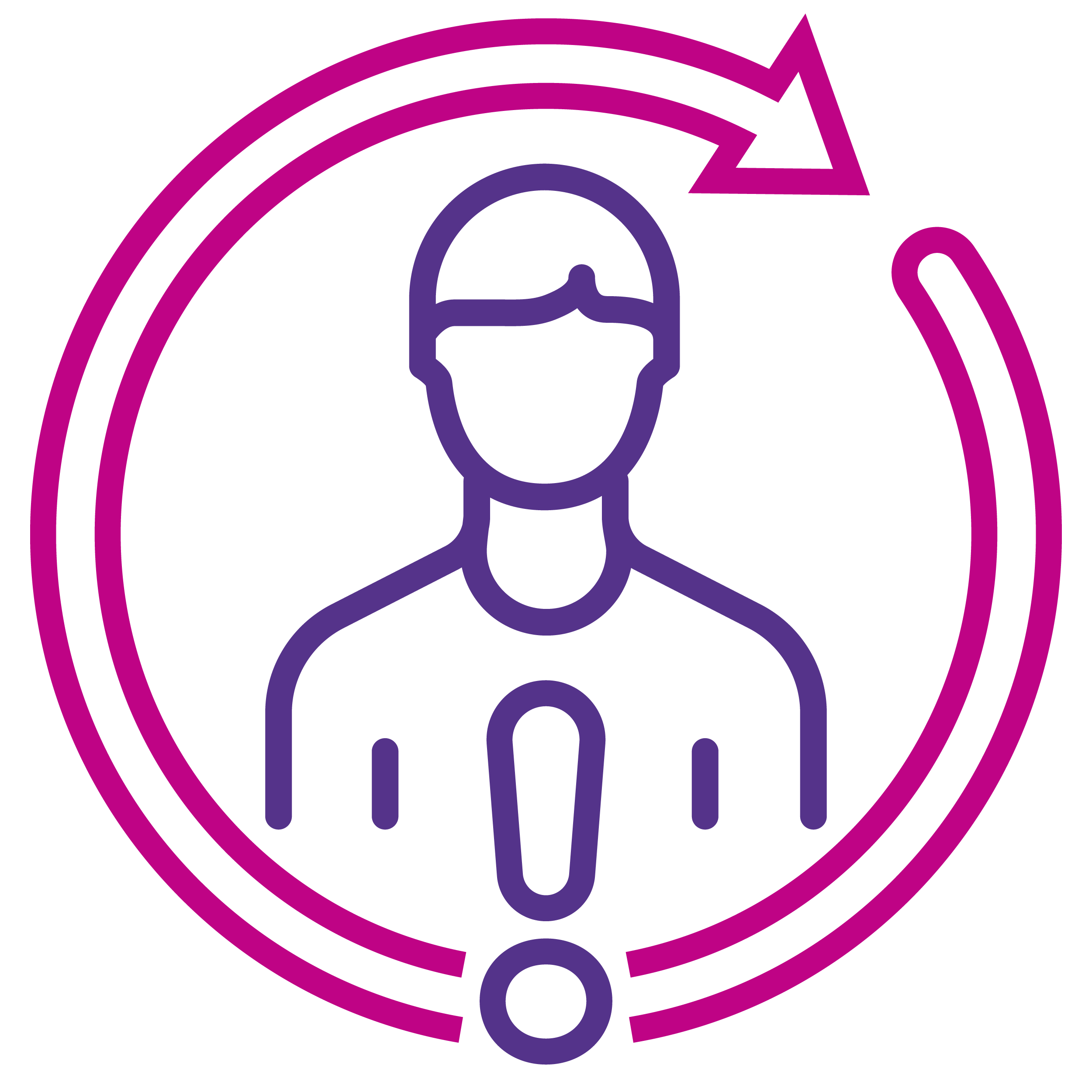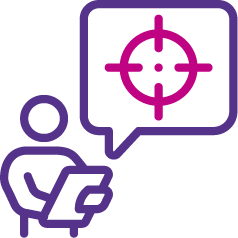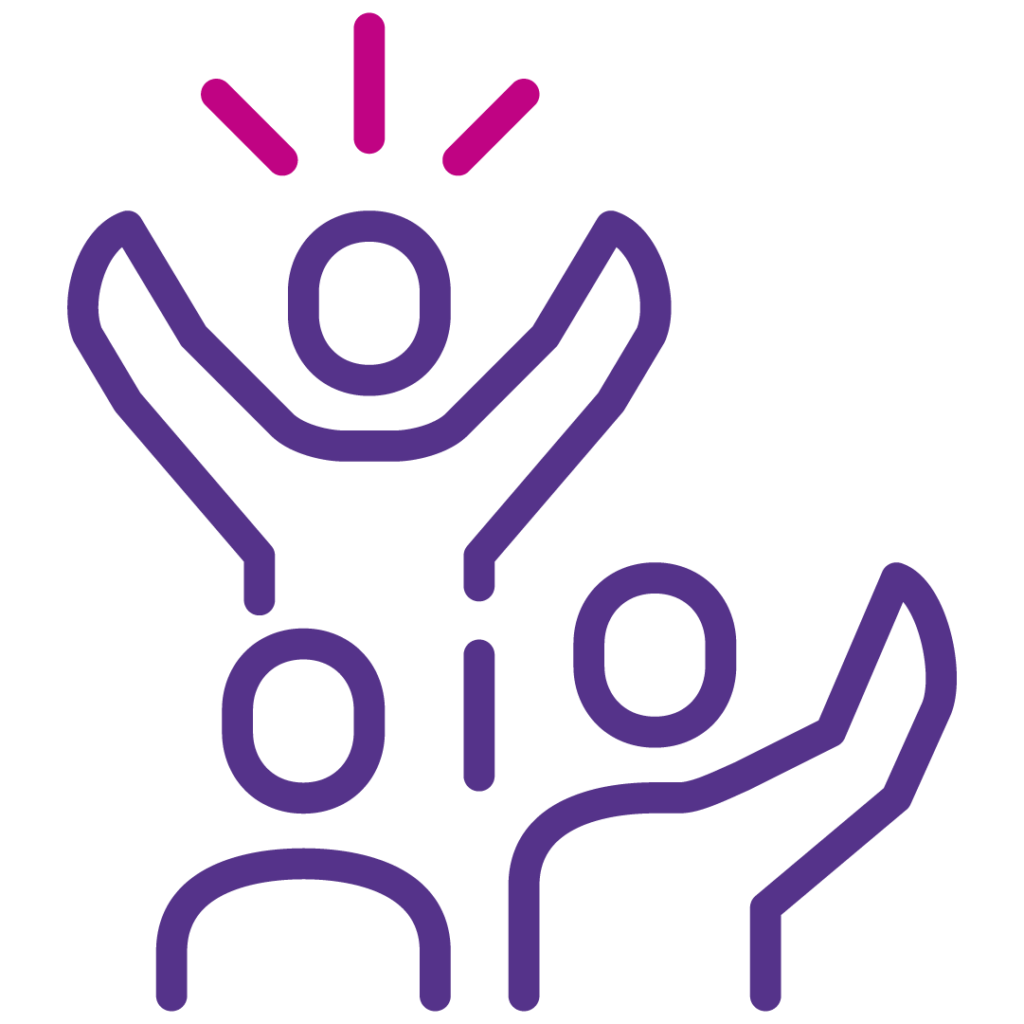AI in Sales Development: Hype vs. Reality
Estimated reading time: 4 minutes
In recent years, few topics have dominated sales conversations more than artificial intelligence. Tools promise to automate prospecting, write emails, analyse conversations, and even replace SDRs. But when it comes to AI in sales development, separating hype from reality is critical.
At durhamlane, we’ve spent more than a decade helping businesses build sustainable, human-led sales engines. We’ve seen AI create real efficiency gains – and we’ve seen where it falls short. The truth: AI isn’t replacing sales development any time soon; it’s reshaping how smart teams work.
What AI in Sales Development Promises
The rise of generative and predictive AI has created big expectations. Platforms claim to:
- Automate outreach: Draft email sequences, call guides, and social messages in seconds.
- Score and prioritise leads: Predict who’s most likely to engage using behaviour and firmographic data.
- Analyse calls and messages: Surface coachable insights from conversations at scale.
- Reduce admin: Auto-log activity, summarise notes, and clean CRM data.
On paper, that means more volume, more insight, less repetition. Many hope AI will make sales development fully automated. The reality of implementing AI in sales development is more nuanced.

The Reality: Where AI Falls Short
AI can streamline processes, but it can’t replicate the emotional intelligence and contextual judgement that make sales development effective.
- Automation ≠ connection
AI can craft messages, but it doesn’t build rapport. At scale, content often reads polished yet generic – prospects recognise it instantly.
- Data still defines success
AI models are only as good as the inputs. Outdated CRMs, mismatched personas, and missing fields lead to scaled inefficiency.
- Context and timing drive outcomes
Signals (job changes, technology shifts, budget cycles) help, but interpreting why now and how to engage remains a human skill.
- Trust is human
Complex B2B decisions rely on credibility, empathy, and consistency – qualities that machines can’t authentically deliver.
For perspective on adoption and performance impact, Salesforce’s analysis notes that teams using AI are 1.3× more likely to exceed expectations – but data quality and process maturity also matter. See: Salesforce Report: Sales Teams Using AI 1.3× More Likely to Exceed Expectations.

How to Use AI in Sales Development the Right Way
AI isn’t all-or-nothing – it’s a powerful assistant when used strategically

1) Automate the repetitive
TOffload note-taking, meeting summaries, CRM updates, and basic first-draft copy. Free SDRs to focus on high-value conversations. .
2) Prioritise intelligently
Use AI scoring and routing to put likely-to-engage contacts at the top of call lists. Pair with strict data hygiene so models learn from quality outcomes.
3) Analyse at scale
Conversation intelligence can highlight common objections, talk-time ratios, and phrases linked to next-step conversions. Managers coach with evidence, not guesswork.

4) Personalise with precision
Train prompts on your industry lens, ICP, and proven value drivers. Use AI to accelerate research and structure – then have humans tailor final outreach so it feels specific and relevant.
5) Keep humans in the loop
Set guardrails: human review for messaging, clear escalation paths for sensitive accounts, and a feedback loop so AI outputs improve over time.
Human Skills That Still Matter Most
No matter how sophisticated AI becomes, sales development remains a human game. The best SDRs blend technology with core soft skills:
- Curiosity: Ask smart, non-obvious questions that open the conversation.
- Active listening: Catch nuance, tone, and subtext algorithms miss.
- Adaptability: Pivot in real time based on reactions and context.
- Empathy: Understand a buyer’s pressures and priorities.
- Persistence: Follow up thoughtfully and consistently over time.
At durhamlane, the highest-performing teams use AI to amplify these strengths – never to replace them.

FAQ
Q: Will AI replace SDRs?
A: No. AI automates tasks; it doesn’t replace human trust, judgement, or relationship-building.
Q: What’s the biggest barrier to using AI in sales development?
A: Data quality. If inputs are messy, outputs will disappoint – just faster.
Q: Where should teams start?
A: Begin small (notes, summaries, data hygiene), then move to scoring and content support as processes mature.
Q: Is AI worth it for small teams?
A: Yes, even modest wins (automated logging, first-draft research) save hours weekly and compound over quarters.

Final Thoughts
The conversation around AI in sales development often swings between extremes – either it replaces SDRs, or it changes nothing. The truth is in the middle. AI won’t close deals for you, but it can help teams work smarter and faster when paired with strong process, clean data, and human skill.
At durhamlane, we help teams combine technology and people to sell at a higher level.
See how our outsourced SDR services blend proven process, technology, and expertise to build pipeline – with or without AI.